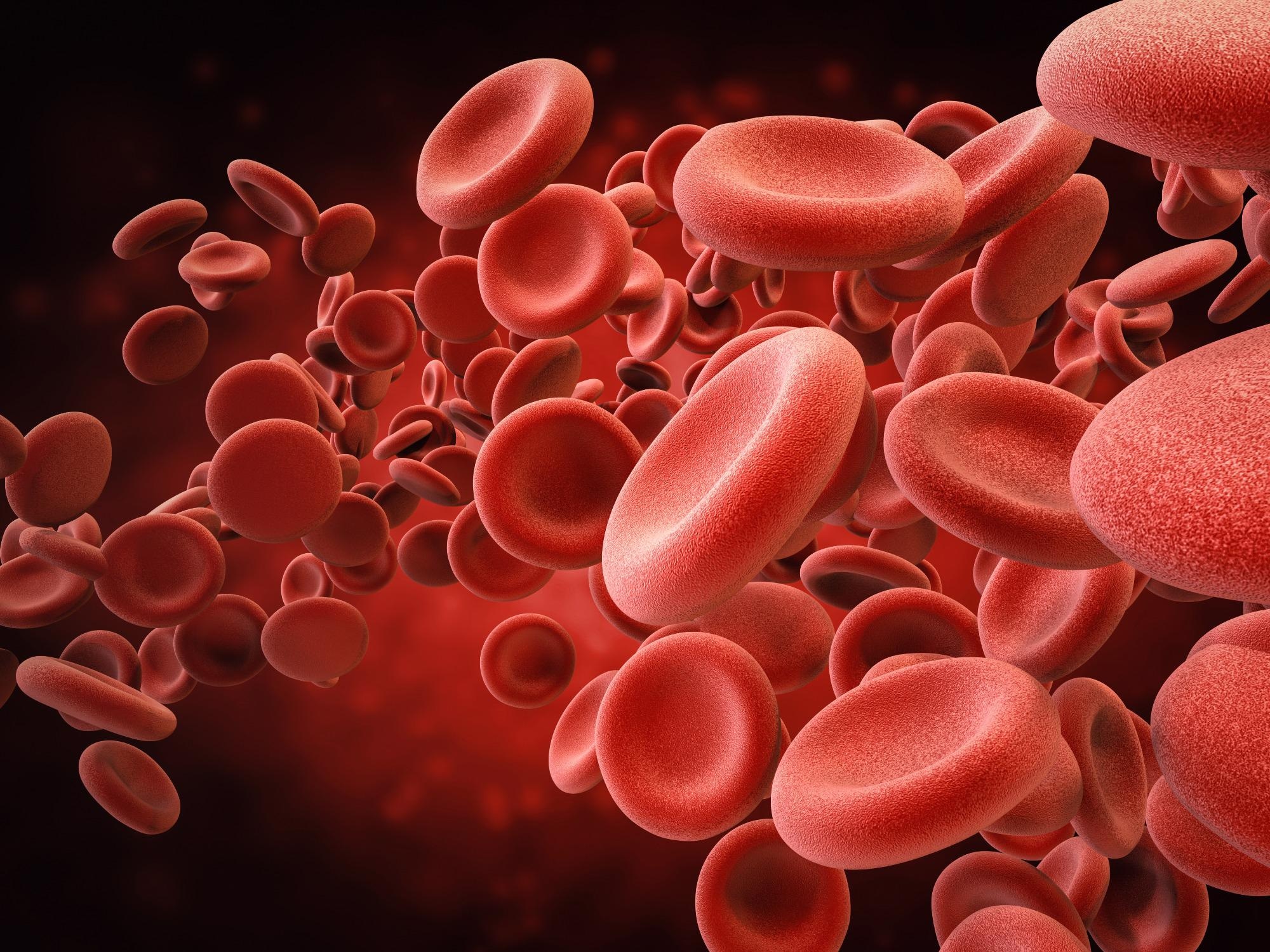
Image Credit: Phonlamai Photo / Shutterstock.com
A new biosensor uses laser printed graphene to detect biomarkers at low concentrations and without prior labeling, thus providing a quick, cheap and efficient test for blood disorders.
A new laser printed graphene (LIG) based electrode biosensor developed by researchers at the University of Regensburg, Germany, and Chung-Ang University, Korea, could detect biomarkers that indicate blood disorders at low-concentrations providing an ‘easy’ and cheap point of care alternative to current methods.
The device tackles an existing problem with aptamer-based electrochemical biosensors, hopefully taking them to the next level. Whilst these devices are renowned for their high sensitivity and low detection limit — meaning that they can identify biomarkers in extremely small concentrations of blood — currently, these target molecules are difficult to spot if they haven’t been previously ‘tagged’ with a label.
This ‘tagging’ means highlighting a biomarker with an enzyme or even a fluorescent molecule. If this labeling stage could somehow be skipped, it would result in a quicker, cheaper, and more efficient biomarker detection method.
This is exactly the breakthrough the German/ Korean team aimed to achieve when they developed a novel sensor that uses laser-induced graphene.
Laser-induced graphene combines the high electrical conductivity of graphene with an ultra-easy fabrication procedure that simply requires a CO2 laser printer. In addition, the high porosity and the interlocking design enhance the biosensor’s sensitivity.
Min-Ho Lee, Associate Professor, Chung-Ang University
The team’s research is published in the journal Biosensors and Bioelectronics¹.
Low Frequency Means High Sensitivity
The detector developed by the team operates by sensing thrombin — a naturally occurring enzyme essential to clotting — which is usually found in high levels in the presence of certain blood disorders.
The team’s new platform works on the basis of direct binding of thrombin to the sensor, employing a feature of electrical engineering called capacitive sensing — the detection and measurement of anything conductive or dielectric. This mechanism is commonly used to detect things like pressure, force, and accelerations and most people probably encounter it in touchscreens and displays.
The researchers had previously discovered that the laser-induced graphene electrodes work best at low-frequencies. This research takes that finding and applies it to fine-tune a biosensor. During their testing, the researchers used the biosensor at a low frequency of 0.5 Hz to scan samples containing varying concentrations of the target molecule.
They adapted their experiment to test differing electrode sizes, whilst also investigating how the labeling of target molecules affected sensitivity. They discovered that the biosensor was effective over an extremely wide range of concentrations maintaining detection at low-levels. Significantly, the biosensor’s sensitivity was not radically affected by electrode size, working just as well with untagged molecules as it did when the target biomarkers were labeled.
Graphene-based Biosensors are the Blood Diagnosis Devices of the Future
The international team’s research joins other recent developments that position graphene as an important element of future biosensors. This includes the development of other graphene-based sensors that can diagnose blood disorders.
Many of these sensors work with biomarkers other than thrombin. For example, researchers at the Korea Institute of Science and Technology (KIST) have developed a graphene-based biosensor that detects beta-amyloid. This protein found in the brain is strongly linked to the development of Alzheimer’s disease, thus the KIST sensor could detect this age-related dementia using just a blood test.
With this new sensor displaying stability over a long-term period of up to 7 weeks, the next step for the team is attempting to scale-up production. Lee is optimistic about the biosensor’s future and the future for ‘label-free’ LIG-based biosensors in general.
“The ease of production, simplicity of modification, and superior performance even in a label-free format suggest that LIG biosensors could be considered for point-of-care diagnostics in the near future,” concludes Lee. “With the combination of aptamers and our new graphene-based electrode, commercialization of electrochemistry immunoassays can be possible in the next 5–10 years.”
References
¹ Yagati. A. K., Behrent. A., Beck. S., Rink. S, Goepferich. A. M., Min. J., Lee M-H., Baeumner. A., [2021], ‘Laser-induced graphene interdigitated electrodes for label-free or nanolabelenhanced highly sensitive capacitive aptamer-based biosensors,’ Biosensors and Bioelectronics, [https://doi.org/10.1016/j.bios.2020.112272]
Disclaimer: The views expressed here are those of the author expressed in their private capacity and do not necessarily represent the views of AZoM.com Limited T/A AZoNetwork the owner and operator of this website. This disclaimer forms part of the Terms and conditions of use of this website.